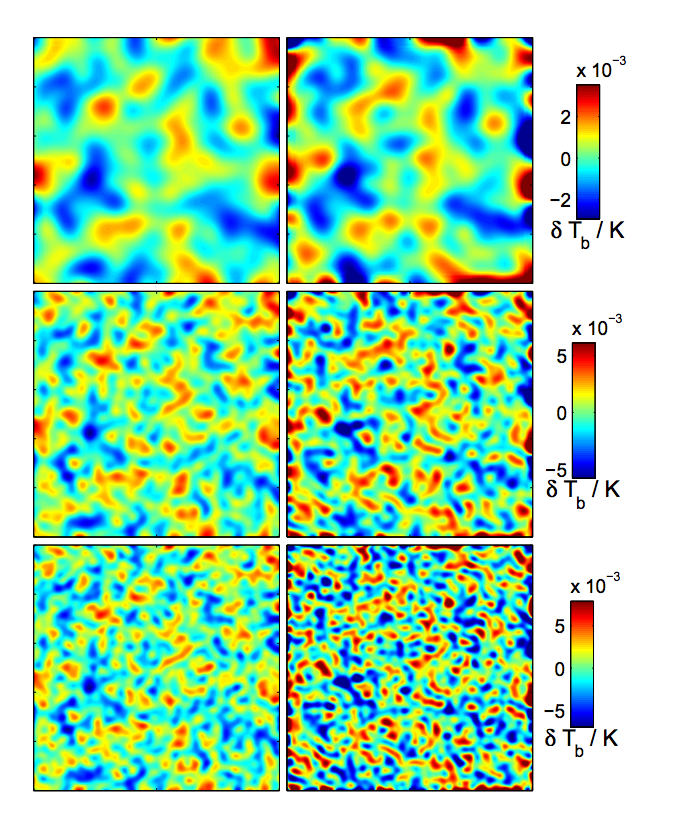| Authors: | E. Chapman, F. B. Abdalla, J. Bobin, J.-L. Starck |
| Journal: | MNRAS |
| Year: | 2013 |
| Download: | ADS | arXiv |
Abstract
The accurate and precise removal of 21-cm foregrounds from Epoch of Reionization redshifted 21-cm emission data is essential if we are to gain insight into an unexplored cosmological era. We apply a non-parametric technique, Generalized Morphological Component Analysis or GMCA, to simulated LOFAR-EoR data and show that it has the ability to clean the foregrounds with high accuracy. We recover the 21-cm 1D, 2D and 3D power spectra with high accuracy across an impressive range of frequencies and scales. We show that GMCA preserves the 21-cm phase information, especially when the smallest spatial scale data is discarded. While it has been shown that LOFAR-EoR image recovery is theoretically possible using image smoothing, we add that wavelet decomposition is an efficient way of recovering 21-cm signal maps to the same or greater order of accuracy with more flexibility. By comparing the GMCA output residual maps (equal to the noise, 21-cm signal and any foreground fitting errors) with the 21-cm maps at one frequency and discarding the smaller wavelet scale information, we find a correlation coefficient of 0.689, compared to 0.588 for the equivalently smoothed image. Considering only the central 50% of the maps, these coefficients improve to 0.905 and 0.605 respectively and we conclude that wavelet decomposition is a significantly more powerful method to denoise reconstructed 21-cm maps than smoothing.

